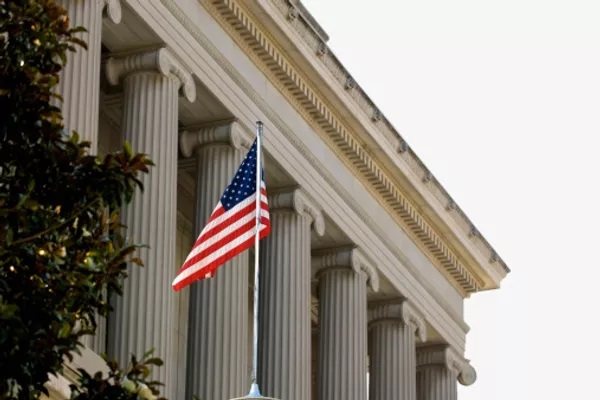One narrow part of the new tax code has been the subject of some confusion among commentators. The new IRC Section 67(a) provides that for individuals, miscellaneous itemized deductions are only allowed if the aggregate of those deductions is greater than 2% of adjusted gross income. Miscellaneous itemized deductions are any itemized deductions that are not explicitly mentioned in Section 67(b)(1)-(12).
The point of controversy arises over the interpretation of 67(e), which provides an exception to the 2% rule. If the expenses that become deductions are paid or incurred in the administration of a non-grantor trust or estate, then they are not subject to a 2% floor. The test for determining if you are subject to that floor is if those expenses would commonly be borne by an individual who owns the same property. This analysis means that deductions taken for administration of non-grantor trusts or estates are not actually considered miscellaneous itemized deductions at all but are better classified as estate administration expenses, which have always been fully deductible in this context.
The distinction between miscellaneous itemized deductions and estate administration expenses becomes even more important when you consider that 67(g) suspends any miscellaneous itemized deductions for the 2018-2025 tax years. Because those estate and trust administration expenses would not be classified as miscellaneous itemized deductions, the new tax laws still allow for taking those same deductions. The IRS plans to issue regulations that clarify that it is only miscellaneous itemized deductions that are suspended, not all itemized deductions. These new regulations will hopefully clear up the majority of the confusion.

